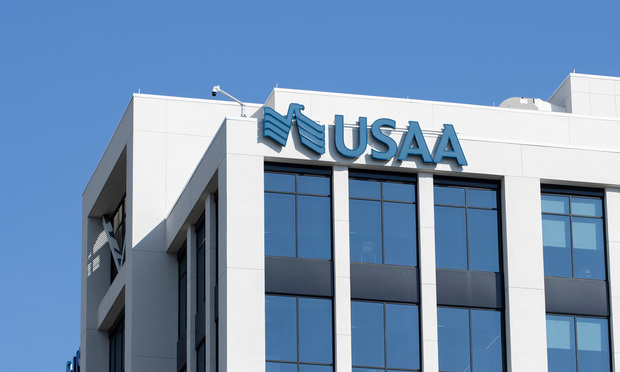Property and casualty excess capital remains robust, although it has declined since July 2010, an analysis shows, while a separate analysis strictly on reinsurers shows a 6 percent decline in capital for the 2011 first quarter as companies contend with, among other issues, insured catastrophe losses.
In a Morgan Stanley analysis on reserves and capital for primary and reinsurance P&C companies, the firm says, “We found overall amounts [of excess capital] have decreased as lower excess reserves, capital deployment…worsening underwriting trends…and higher PMLs (probable maximum loss) from the new RMS 11 model led to lower capital levels than in our July 2010 analysis.”
Morgan Stanley says it estimates that an actuarially reasonable range of reserves is between $512.5 billion and $580.8 billion. “Industry-carried reserves of $561.9 billion fall at the 72nd percentile of this range, or about $15.3 billion above our midpoint,” Morgan Stanley explains.
This $15.3 billion figure represents a 21 percent decline from July 2010, when excess reserves were $19 billion.
Still, Morgan Stanley says many carriers are showing significant reserve positions. “While industry standards have deteriorated in recent years due to lower pricing, benign loss trends in long-tail lines reveal reserve levels to be set at appropriate levels.”
The report looked at excess capital carried by 14 P&C companies: ACE Limited, Allstate, American International Group, Arch Capital, AXIS Capital, Chubb, Everest Re, PartnerRe, Progressive, RenaissanceRe, Transatlantic, Travelers, W.R. Berkley and XL Group.
In a separate report, Aon Benfield says global reinsurance capital fell by 6.4 percent, or $30 billion, to $440 billion from the end of 2010.
The report examines the results of 28 major reinsurers including ACE, White Mountains, Swiss Re, Hannover, Munich Re, SCOR and Arch.
Net catastrophe losses for the group stood at $15.1 billion for the first quarter, ultimately translating into a first quarter net loss for the group of $4.3 billion compared to net income of $5.44 billion for the first quarter of 2010.
Swiss Re, Munich Re and Partner Re fared the worst with first-quarter net losses of $665 million, $947 million and $816 million respectively, the report says.
On the other hand ACE, General Reinsurance, and National Indemnity Co. (NICO) reported net income of $259 million, $643 million and $223 million, respectively. The profits at Gen Re and NICO were driven by dividend payments from subsidiaries, while ACE had a low level of catastrophe exposure, the report says.
“Strong capital positions have enabled the vast majority of [Aon Benfield Aggregate] companies to absorb substantial catastrophe losses over the last 18 months without consequent rating action,” the report says. “However, the underlying operating environment remains challenging.”
In a statement, Mike Van Slooten, head of Aon Benfield's international market analysis team, says the companies in the report entered the year with “peak levels of capital” and saw in only a modest first- quarter decline for shareholders “despite significant incurred catastrophe losses.”
Want to continue reading?
Become a Free PropertyCasualty360 Digital Reader
Your access to unlimited PropertyCasualty360 content isn’t changing.
Once you are an ALM digital member, you’ll receive:
- Breaking insurance news and analysis, on-site and via our newsletters and custom alerts
- Weekly Insurance Speak podcast featuring exclusive interviews with industry leaders
- Educational webcasts, white papers, and ebooks from industry thought leaders
- Critical converage of the employee benefits and financial advisory markets on our other ALM sites, BenefitsPRO and ThinkAdvisor
Already have an account? Sign In Now
© 2025 ALM Global, LLC, All Rights Reserved. Request academic re-use from www.copyright.com. All other uses, submit a request to [email protected]. For more information visit Asset & Logo Licensing.








